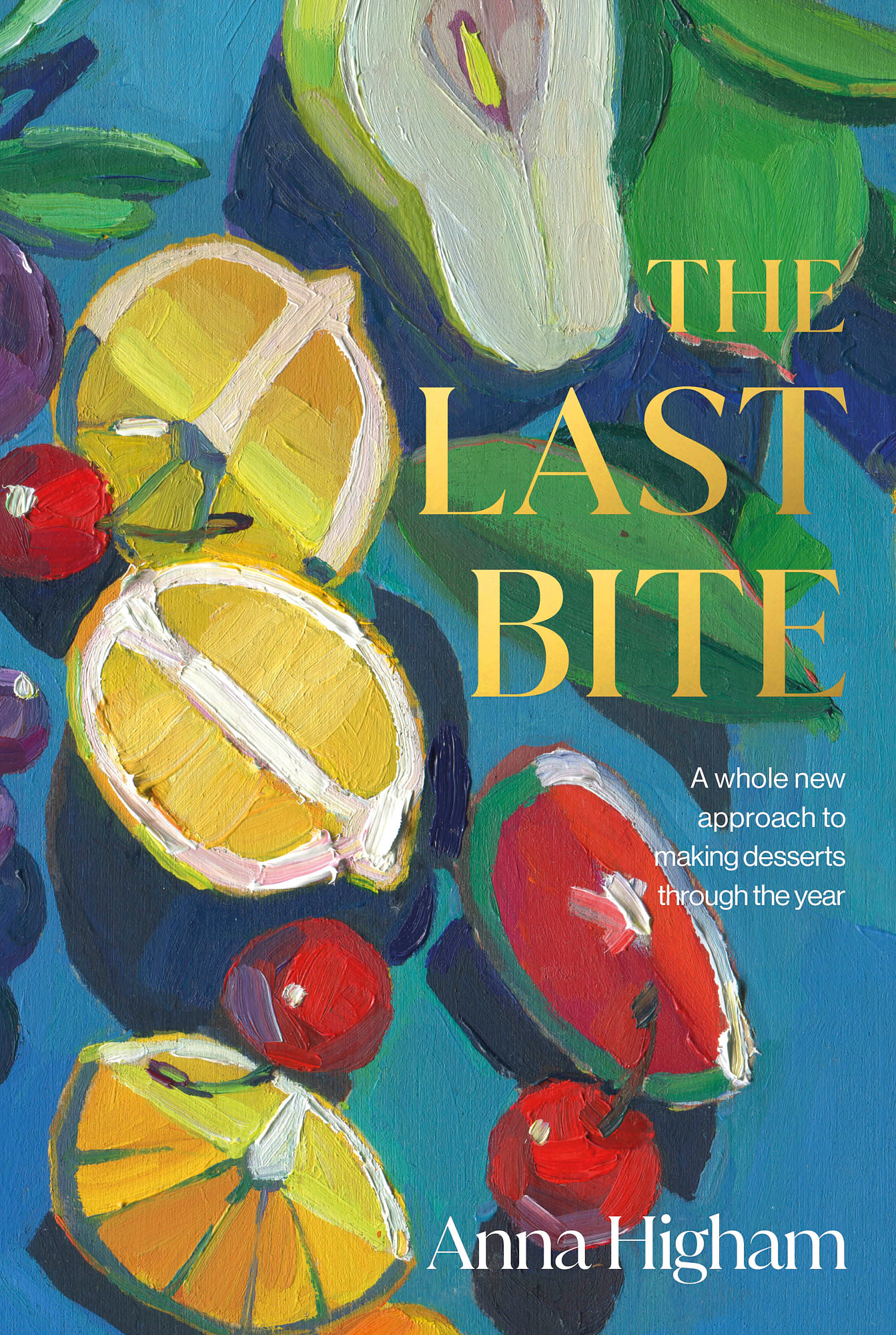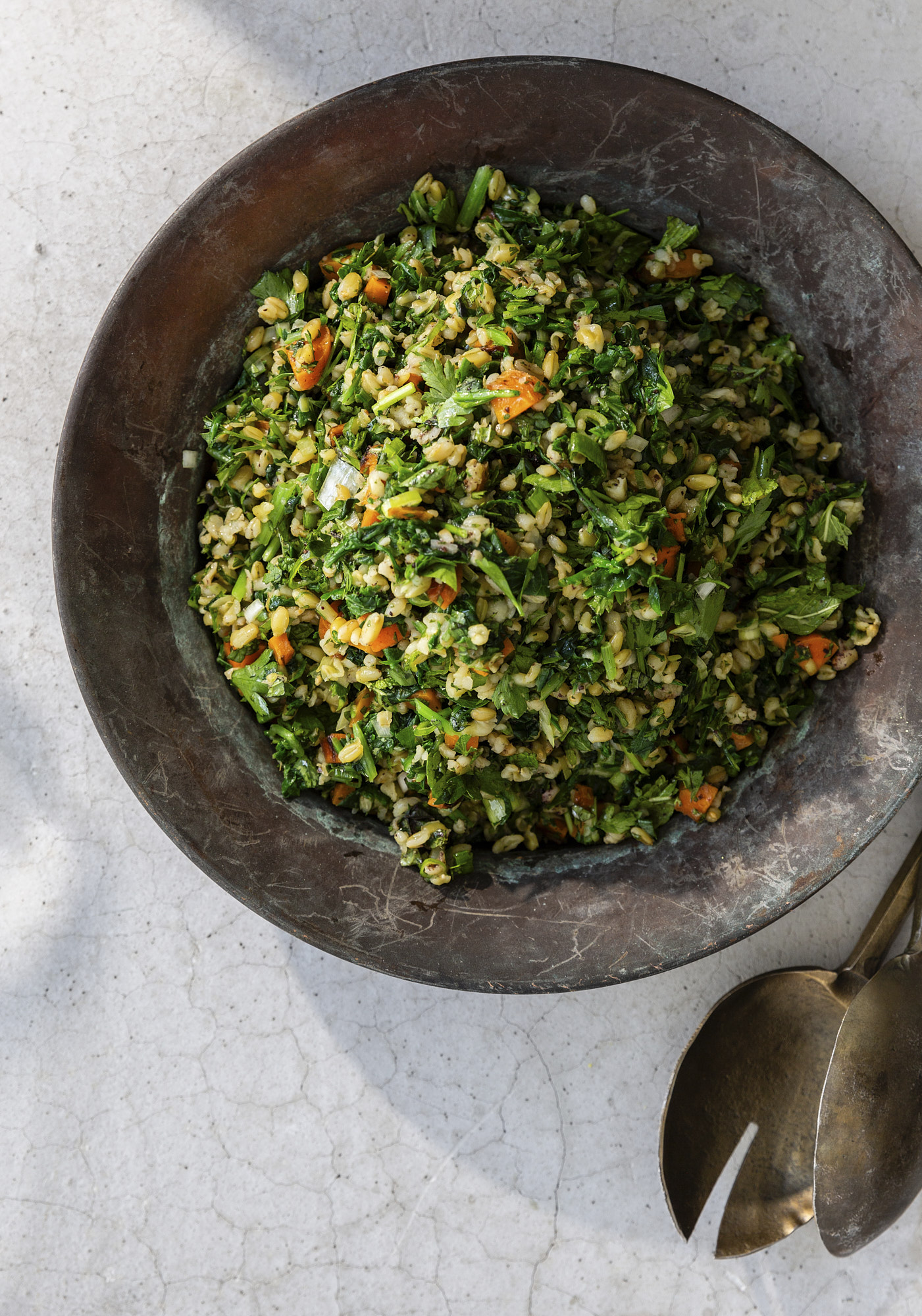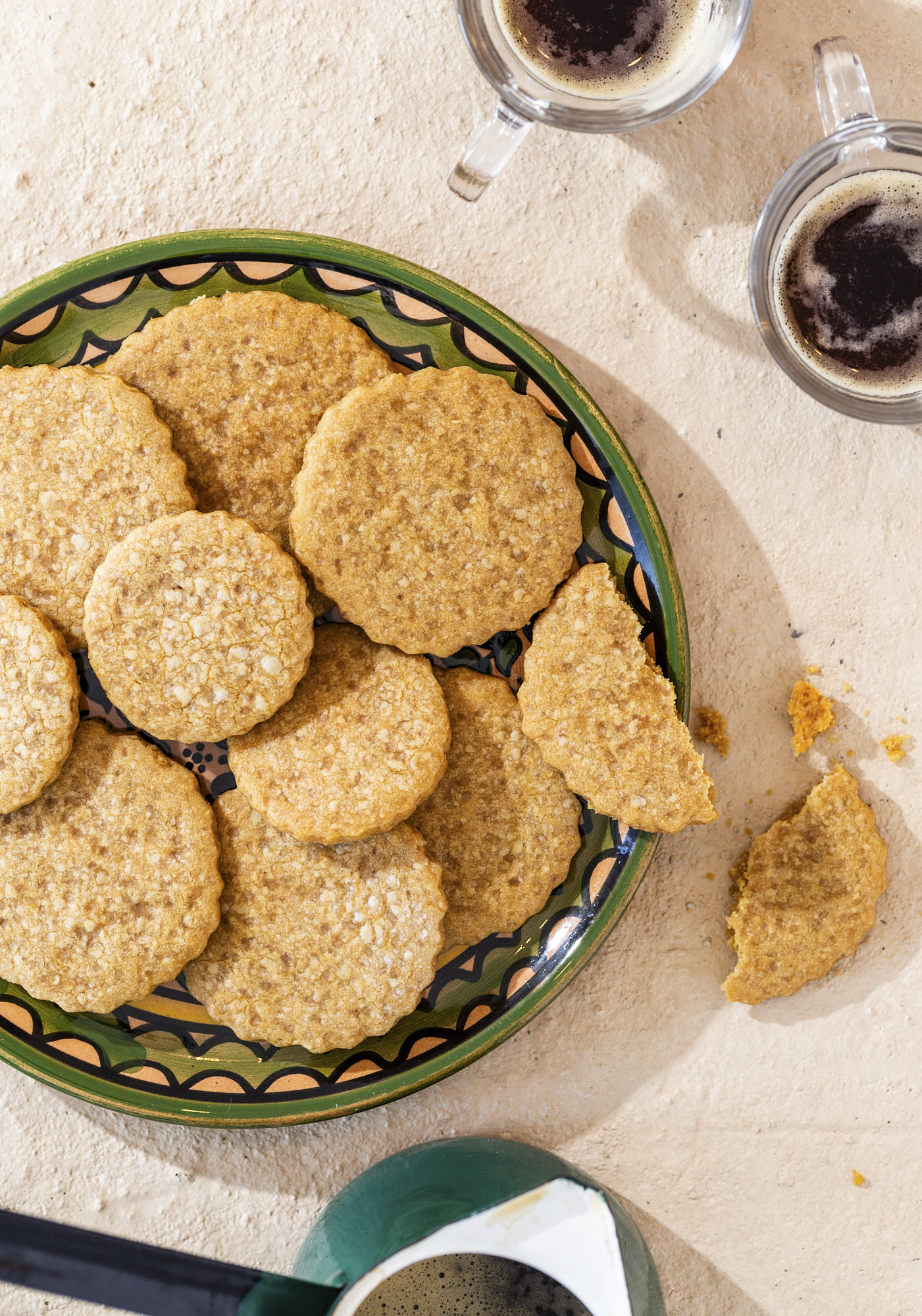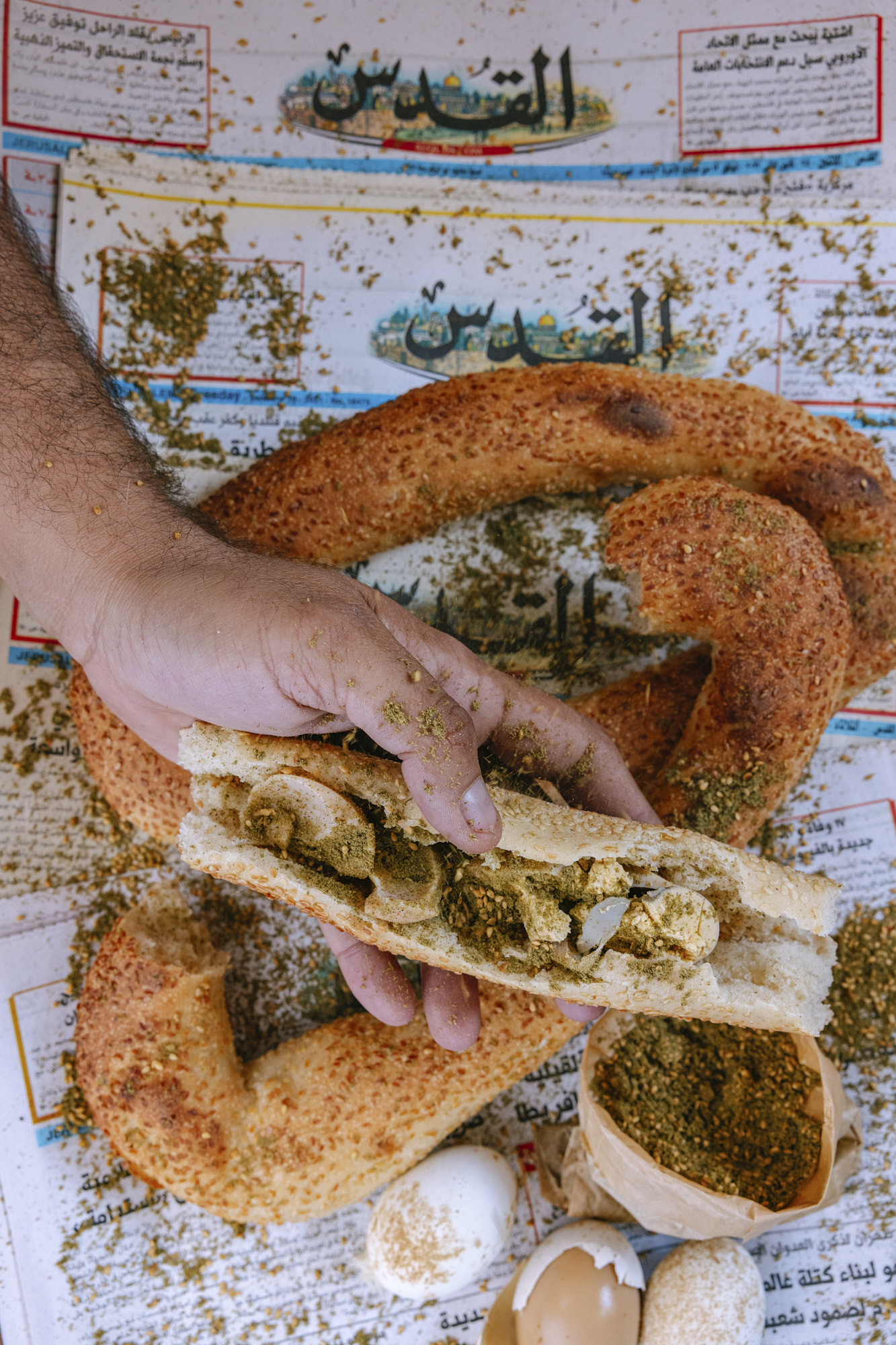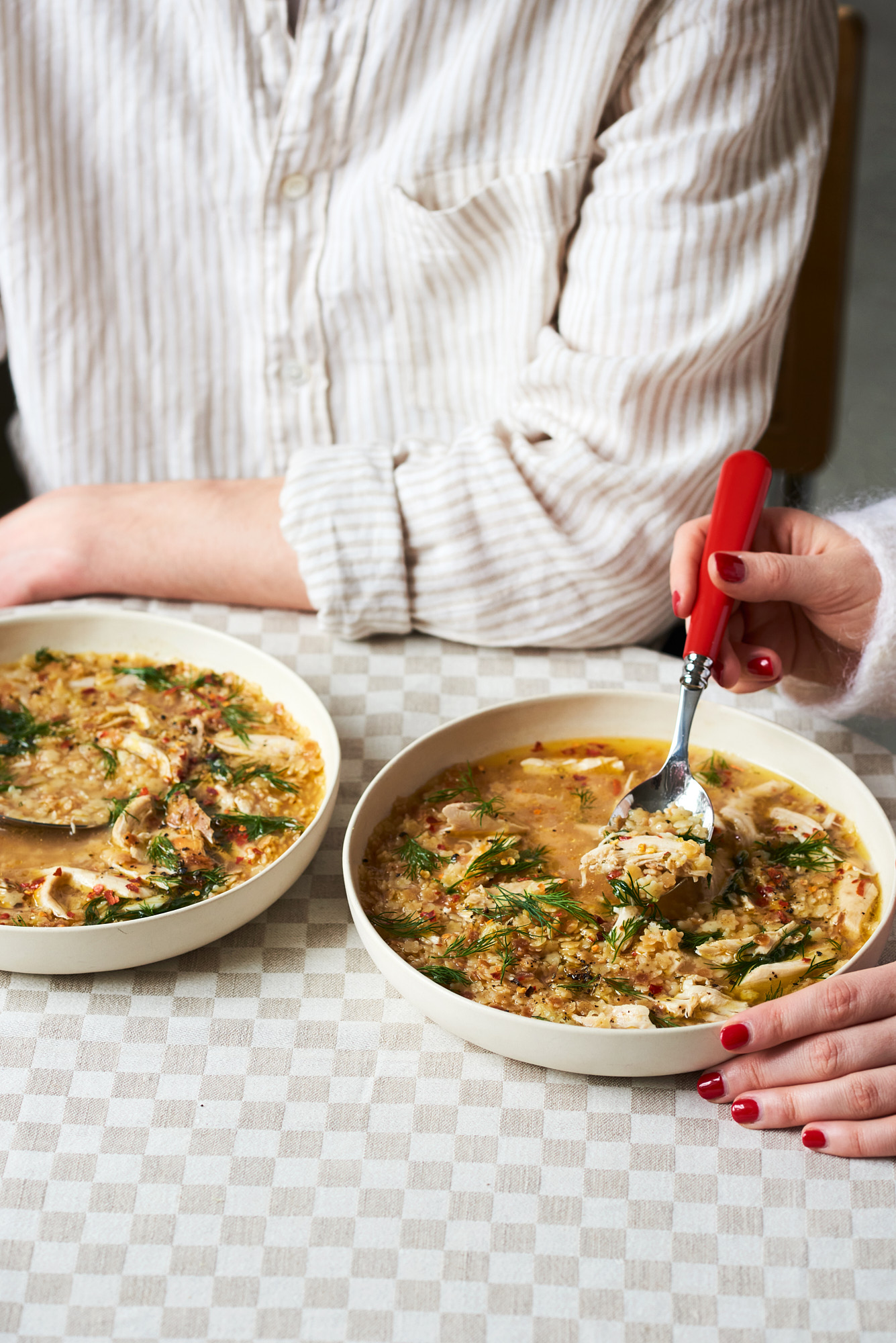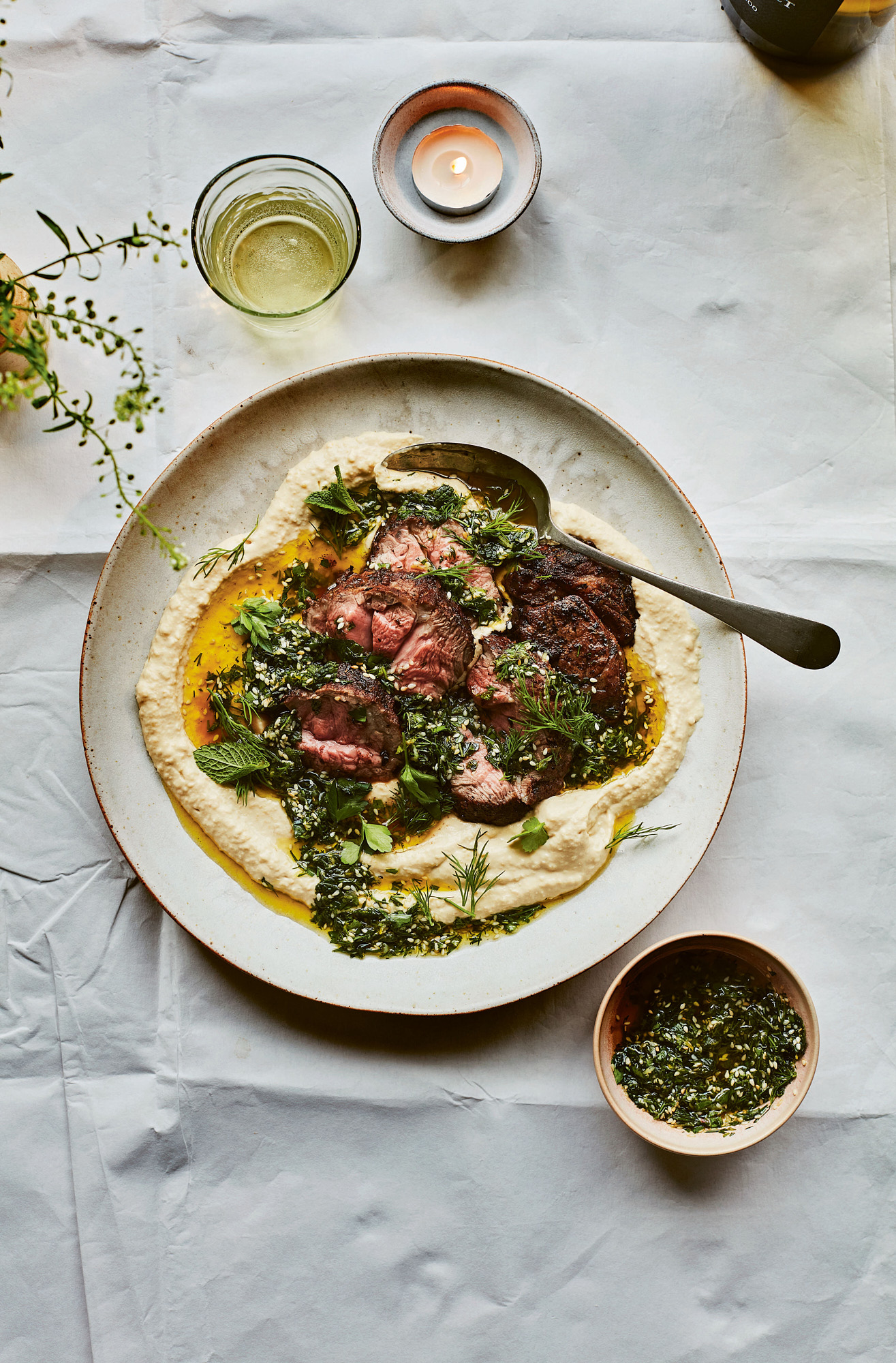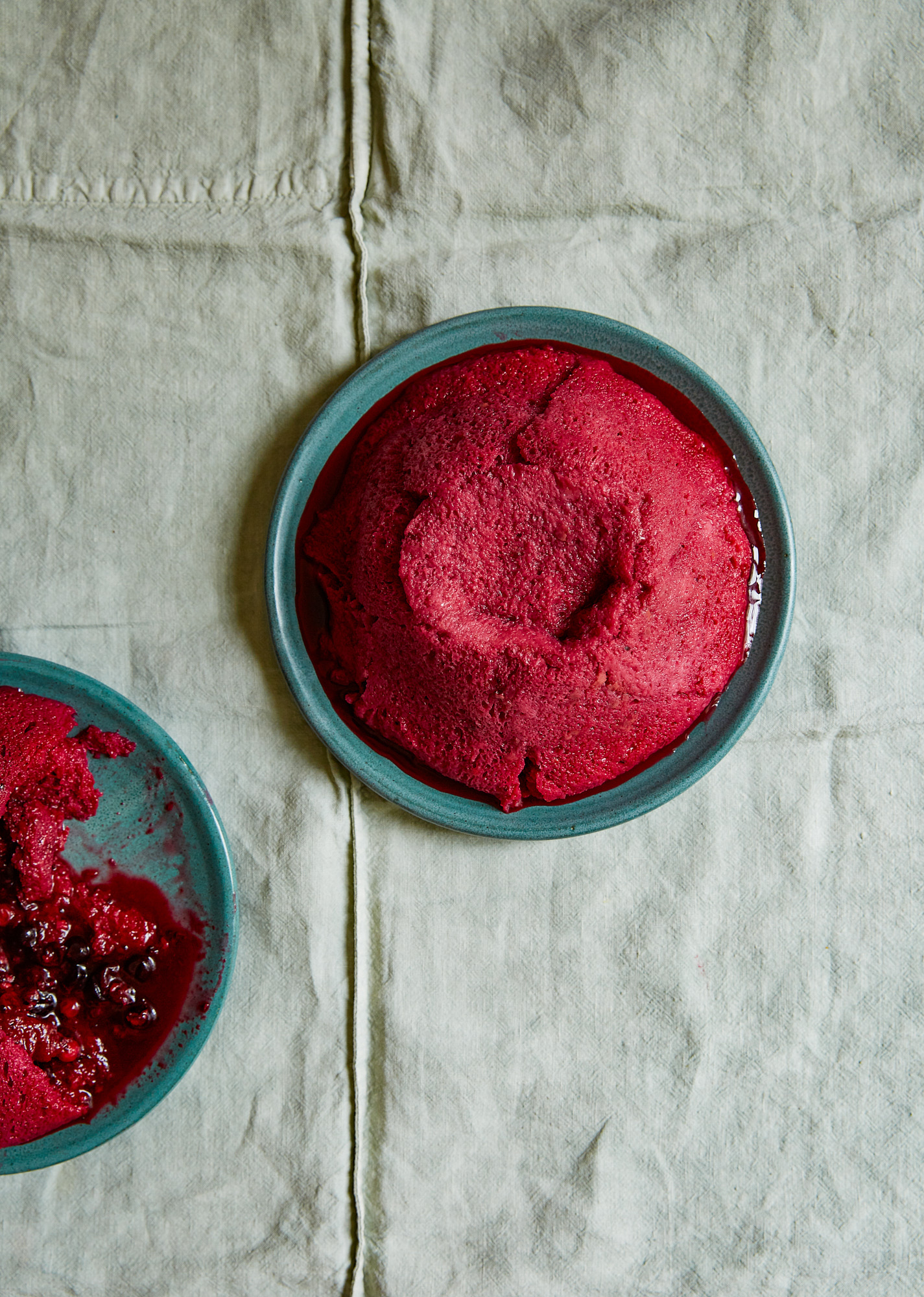

Redcurrants should make up the largest proportion of any classic summer pudding. They are a defining flavour, adding acidity and texture. Other than that, you have free rein. I like to use some of the cooked strawberries leftover from making strawberry juice, always a handful of gooseberries, a heady mix of tayberries, raspberries and blackberries, some pitted sweet cherries and recently a few apricots or overripe peach chunks.
Pastry chefs have a tendency to think that brioche is the king of enriched doughs and use it any time the opportunity presents itself. I love brioche (I really do) but sometimes its super-charged butteriness can make it too dominant a component in a dish. In these cases, Japanese milk bread is your best friend. Super fluffy, soft and gently enriched, it has a slightly tighter crumb that makes it ideal for soaking up lots of flavour.
Makes: 2 puddings and 2 milk loaves
Season: Summer
Prep time: 1hr 20 mins + 6 hours proving + overnight chilling
Cook time: 40 minutes
Ingredients
For the fruit
500g mixed currants (mostly redcurrants but feel free to add some blackcurrants)
400g mixed berries (mostly red berries like raspberries or tayberries but a handful of blackberries or even mulberries will be welcome)
250g strawberries, a mix of raw and cooked
50g gooseberries
For the master syrup
150g fruit juices (from strawberries, raspberries or poached cherries)
400ml summer cordial or 750ml red or white wine reduced to 400ml
250g caster sugar, plus extra to taste
1 loaf milk bread
flavourless oil, for greasing
For the milk bread
For the Tangzhong (the starter paste, see notes below)
45g strong bread flour
120ml whole milk
For the dough
28g fresh yeast or 11g dried active yeast
225ml whole milk
3 eggs: 2 whole, 1 yolk
25g condensed milk
650g strong bread flour
120g caster sugar
8g salt
120g unsalted butter, softened
flavourless oil, for greasing
Method
-
To make the milk loaves, first put the flour and milk for the Tangzhong (see cook’s notes below) in a saucepan along with 120ml (½ cup) of water and whisk together. Cook over a medium heat, stirring constantly until the mixture has thickened to the texture of crème pâtissière or a thick custard. Leave it to cool to room temperature.
-
For the dough, dissolve the yeast in the milk and add the whole eggs and condensed milk. Put all the dry ingredients in a mixer and add the cooled tangzhong (see above). Mix at medium speed for 10–15 minutes until it comes together to form a cohesive dough. Leave to rest in the bowl for 5 minutes.
-
Turn the mixer back on and add the butter one third at a time. Mix for a further 10 minutes until you have a beautifully glossy dough. Transfer to a lightly oiled container, cover with a clean tea towel and leave for 2–3 hours until it’s doubled in volume.
-
Divide the dough in two and shape into loaves by tightly rolling into a log. Place into oiled loaf tins and cover with a damp cloth. Leave somewhere warm to prove until doubled in volume again.
-
Preheat the oven to 180°C (350°F). Beat the egg yolk and dilute with a little water then brush on to the risen loaves to glaze them. Bake for 35–40 minutes. Turn out of the tins and leave to cool. You will need one loaf for the rest of this recipe. This bread freezes extremely well but it’s also irresistible when warm and freshly baked so it won’t always make it to the freezer.
-
To make the puddings, combine everything for the master syrup in a saucepan large enough to hold the syrup and the fruit. Bring the syrup to a simmer to dissolve the sugar. It should taste too sweet at this point as the mixture is hot and you are about to add a lot of acidic fruit. If it needs a little more sugar, whisk it into the hot liquid until it’s dissolved. Once the syrup is tasting just right, turn down the heat as low as you can and add the fruit. Give the mix a good stir and leave for 10–15 minutes on a very low heat for the fruits to get to know each other. Taste the mix again to check the sweetness level and then leave it to cool to body temperature before starting to build your pudding. At this point you can chill and then freeze your summer
pudding mix if you don’t want to use it all at once. Be sure to divide the mixture evenly so that you have equal amounts of fruit and syrup for each portion. -
To construct the puddings, lightly oil two 1-litre pudding basins or bowls. Slice the milk loaf into 5mm slices and remove the crusts. I prefer a thinner shell of bread in my pudding to maximize the amount of fruit with each mouthful. Dip the slices of bread into the warm juices in the saucepan to soak and then build a single layer of sodden slices inside the bowl. Start with a slice at the bottom of the bowl and then build up the sides, leaving no gaps from which the filling could spill. You can tear the bread apart or smoosh it together as needed to create your patchwork. Fill the pudding with the fruit and juices, reserving a little to serve with the pudding the next day. It is very important to add more of the juices than you think is sensible as nobody wants a dry pudding.
-
Once the pudding is full to the brim with fruit and juice, top with a final layer of soaked bread so that the fruit is sealed within. Place the filled pudding basins into a shallow dish to catch any excess juices. Top each one with a small plate or saucer weighted down with a couple of cans or jars. Place in the fridge and leave overnight to press and carry on soaking. Don’t try to speed up this stage or you’ll end up with an unpleasantly anaemic-looking pudding.
-
The next day, turn the pudding out onto a plate and marvel at how all the odds and ends of summer have resulted in something so glorious. Serve the pudding with an extra spoon of any leftover fruit and a huge scoop of vanilla ice cream or pour an extremely generous glug of double (heavy) cream over the top. The cold creaminess of either will be a perfect foil to the punchy fruitiness of the pudding.
Read more: The Last Bite
Going from Gramercy Tavern in New York to Lyle’s, Flor and The River Café in London, Anna is undoubtedly one of the most exciting pastry chefs in today’s British food scene. The Last Bite is her first cookbook, filled with all the technical pastry methods and tricks she has picked up along the way. Anna The Last Bite: A whole new approach to making desserts through the year by Anna Higham. Published by DK, 5 May. £22. Recipe Photography credit: Kim Lightbody.
— cook’s notes
The extra fluffy, stretchy quality of milk bread is achieved by cooking a small amount of the flour with milk and water to make a paste that is then mixed into the main dough. This is called Tangzhong, a method Japanese bakers borrowed from the Chinese technique for making soft and springy buns. This dough is endlessly versatile: it can be baked as loaves, buns or works really well when filled and rolled.
